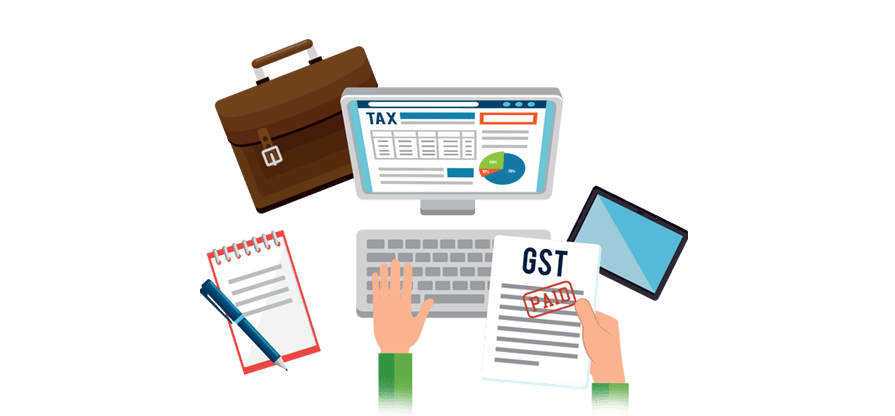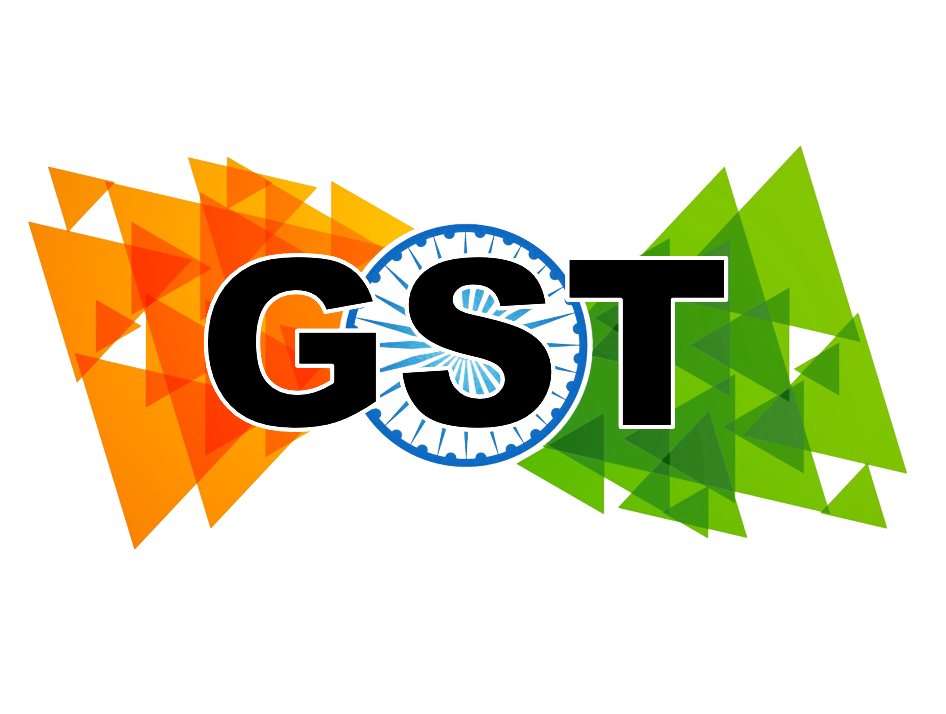GST Returns Filing India
A GST Returns Filing India is a document showcases the details of your purchase, tax paid on purchases, sales, and tax collected on sales. As a seller or service provider, it is mandatory to register for the GST if your business has a turnover of above ₹ 40 lakhs (if you sell physical goods) or more than ₹ 20 lakhs (if you supply services). To file GST returns, GST compliant sales and purchase invoices are required. You can generate GST compliant invoices for free on Tesla Digital.









